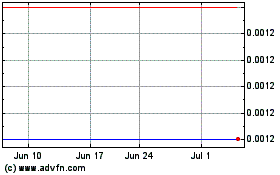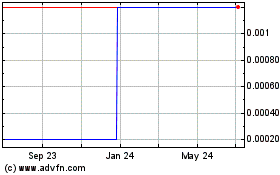Door-Busters Serve As Magnets That Sometimes Show Staying Power
November 27 2009 - 3:28PM
Dow Jones News
With retailers touting door-busters ranging from from 50-inch
televisions to three-quarter karat diamond earnings, the array
acted this year as magnets to draw crowds and, retailers say, keep
them in stores after the items sold out.
This is a switch from last year, said Tom Aiello, spokesman for
Sears Holdings Inc. (SHLD), when there was more focus on buying the
deals and departing.
Sears was among merchants that had towering displays of items at
sharply reduced prices in limited quantities for a few hours on
Friday.
Customers kept shopping as the towers came down, heading into
aisles offering sporting goods, home decor and even socks.
The business came on slightly longer lines of customers who
"know what their budgets are and seem to feel today was the time to
buy more broadly," Aiello said.
Retailers are very canny when it comes to crafting
door-busters--merchandise that is heavily advertised and marked
down to bring in a bigger share of customers on hallmark buying
days like Black Friday.
Door-busters are "loss leaders to get you into the store, and
typically provide the retailer with very low or no margin," said
Laura Gurski, partner in the retail practice A.T. Kearney, a
management consultant.
The retailer has likely negotiated something specific with the
manufacturer, with most of these products in electronics
category.
Door-busters lead to other buying with browsing shoppers but not
shoppers who have come in with a specific purpose, Gurski said.
Retailers this year have been especially focused on buying the
right amount of each item offered in door-buster specials, said
Paul Leinwand, a partner in the retail practice of consulting firm
Booz & Co.
He's noticed that in the past two or three years, retailers have
begun offering a wider selection of door-buster items, but they
stock fewer of each item in order to avoid being stuck with these
low-margin items later in the season.
"The challenge for retailers right now is predicting demand," he
said. "There's never been a lot of profit on these door-busters
anyway. The real downside isn't what you sold; it's what you're
stuck with."
That's why stores like to stock only a limited number of
door-busters. Sears, for instance, had a 42-inch Panasonic plasma
HDTV for $649.99, but had as few as two in stores. Sears said
shoppers were saving $350 on the item.
Electronics retailers like Best Buy Co. (BBY) and Hhgregg Inc.
(HGG) had numerous items steeply discounted, but most of the ad
inserts describing deals noted that stores would only guarantee
having a minimum number in stock, and they weren't offering rain
checks. For example, Hhgregg said it would have at least 10 AMD
laptops at $299.97, and Best Buy promised at least 21 PlayStation 3
packages for $299.99. They normally sell for $419.97.
Best Buy issued a limited number of coupons entitling people in
line to buy the product, such as a $197 HP laptop. If all the
coupons weren't redeemed within a few hours after the store opened
at 5 a.m., Best Buy planned to let some of the dozen people already
waiting in another line at 5:30 a.m. have a shot at purchasing
them, a worker said.
Several people shopping at Best Buy's north Charlotte, N.C.,
store said that when they missed out on the HP laptop, they bought
10.1-inch Compaq netbook for $179.99 or, in some cases, went for a
$399.99 Sony laptop.
A Best Buy representative didn't immediately have a comment
regarding door-buster strategies.
-By Mary Ellen Lloyd, Dow Jones Newswires, 704-948-9145;
maryellen.lloyd@dowjones.com; and Karen Talley, 212-416-2196;
karentalley@dowjones.com
HHGREGG (CE) (USOTC:HGGGQ)
Historical Stock Chart
From Mar 2024 to Apr 2024

HHGREGG (CE) (USOTC:HGGGQ)
Historical Stock Chart
From Apr 2023 to Apr 2024
